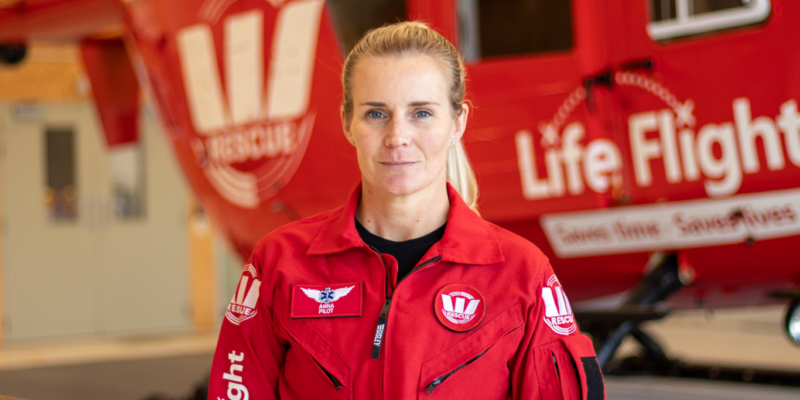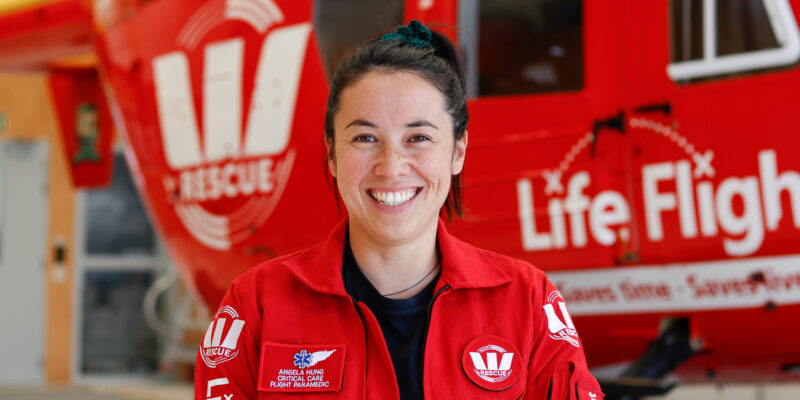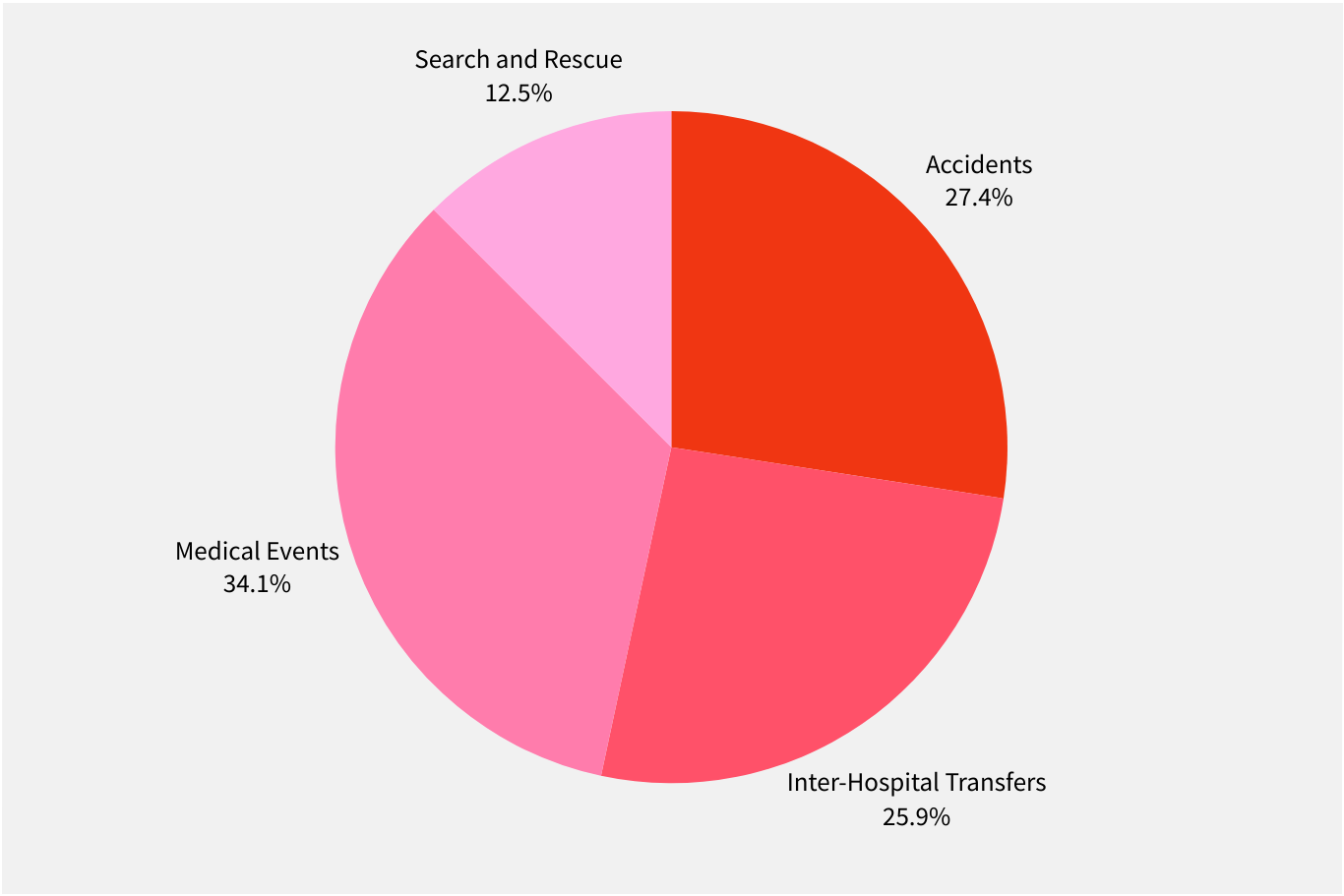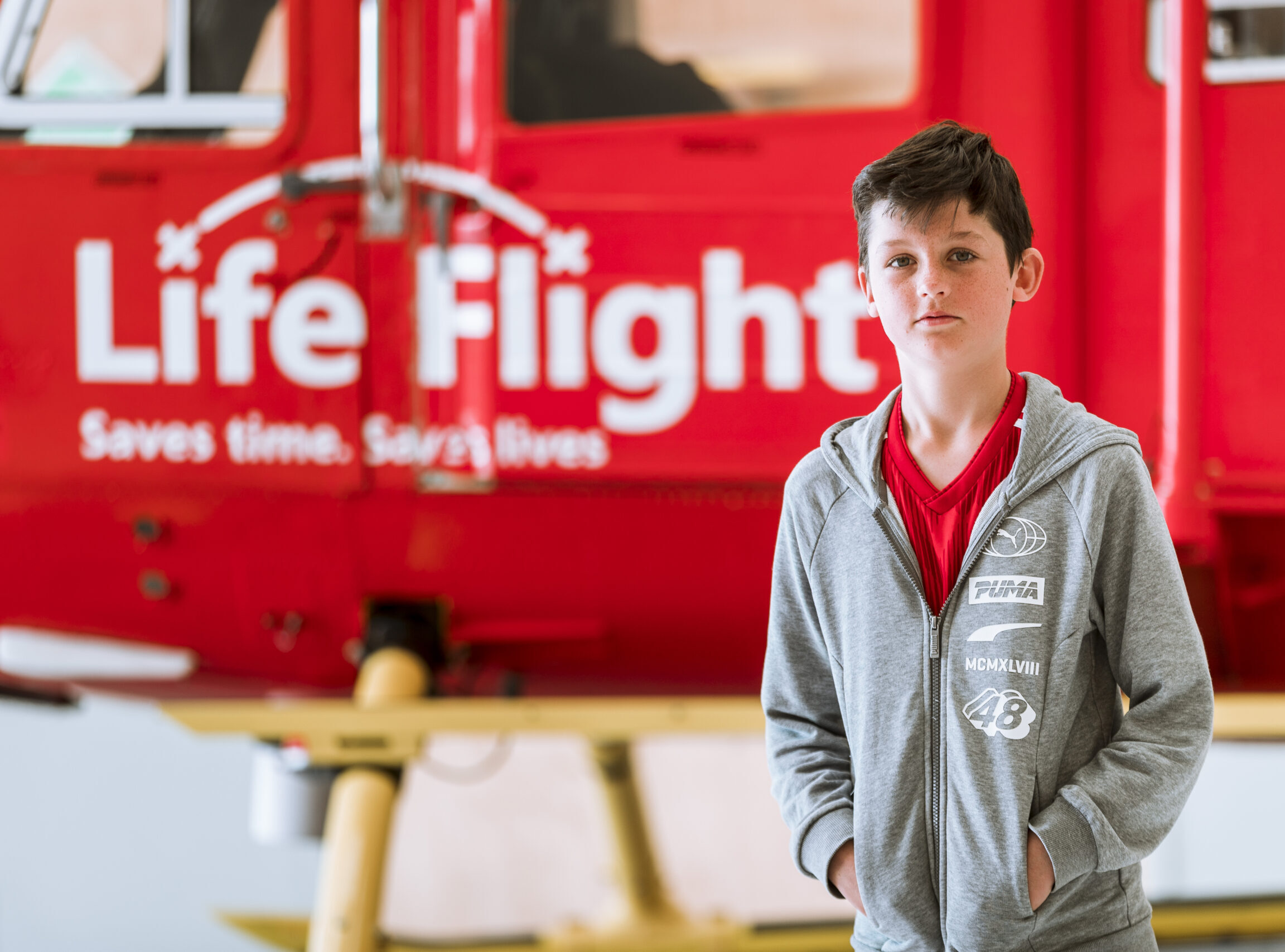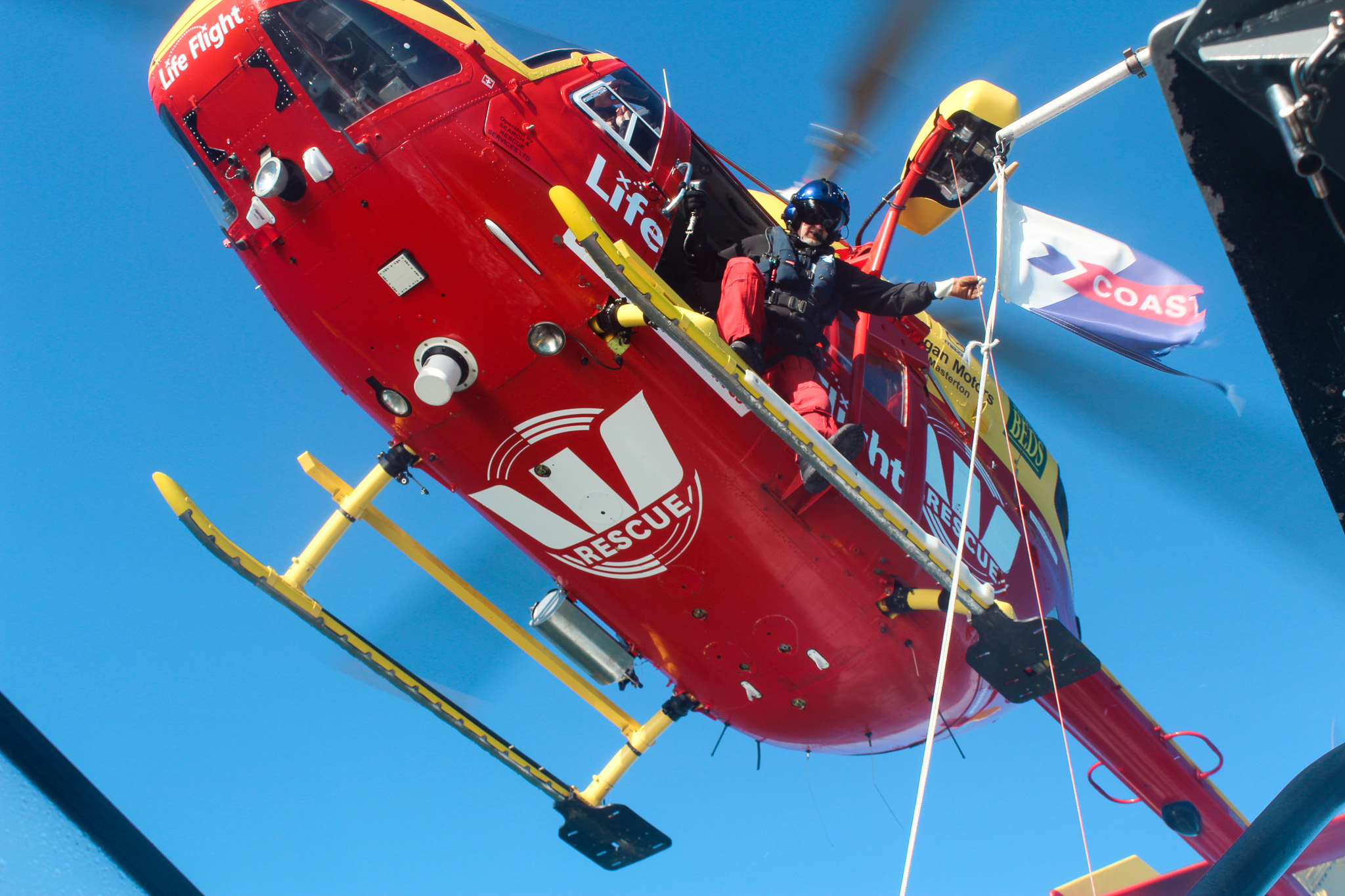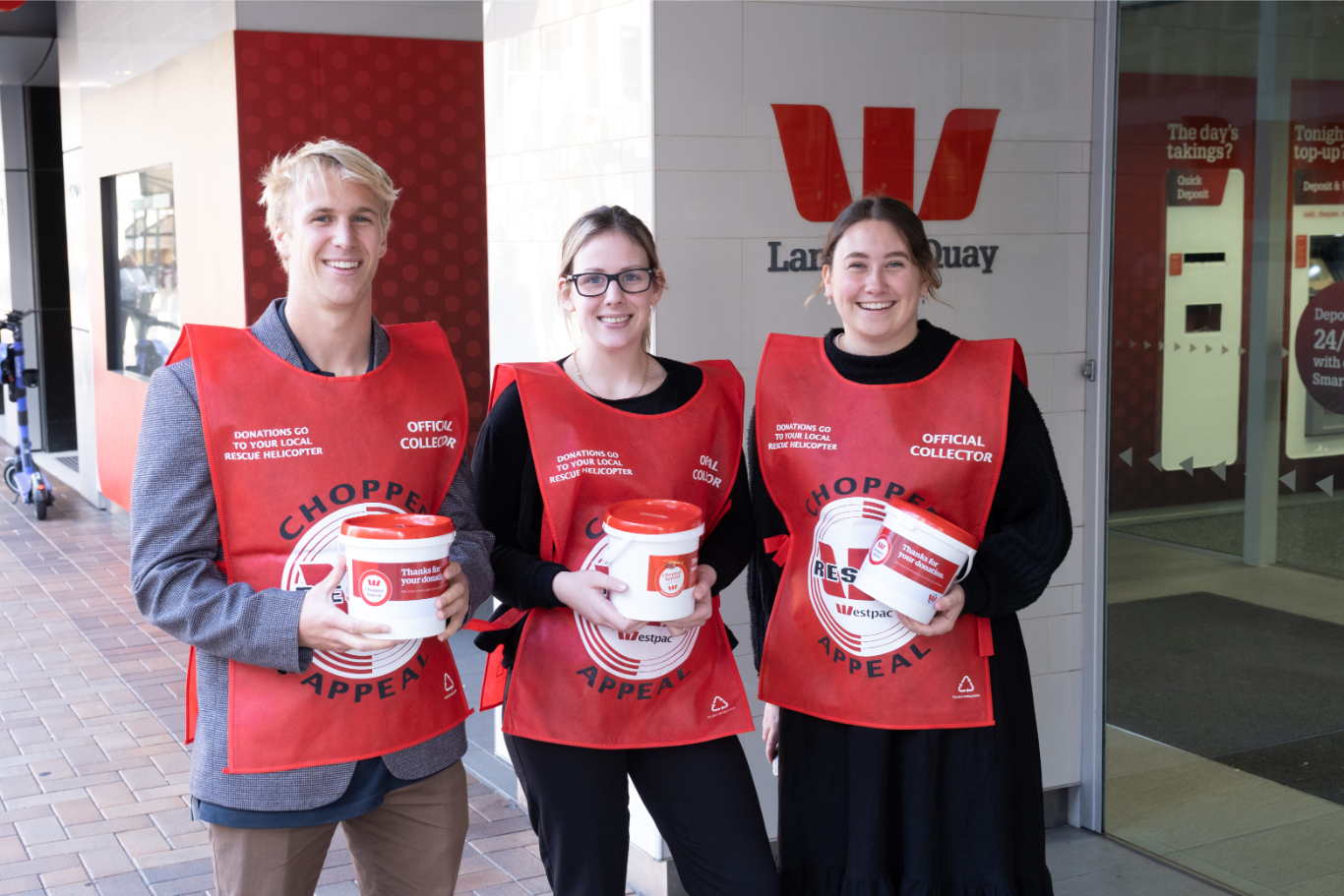Westpac Rescue Helicopter
Westpac Rescue Helicopter Stats Block
Your local Westpac Rescue Helicopter
Zipping across the lower North and upper South Island
-

-

-

Your crew
The crew
There are three key roles on your Westpac Rescue Helicopter – pilot, crewperson, and paramedic.
When on shift, the crew remain at the Air Base and ready to go at all times.
-
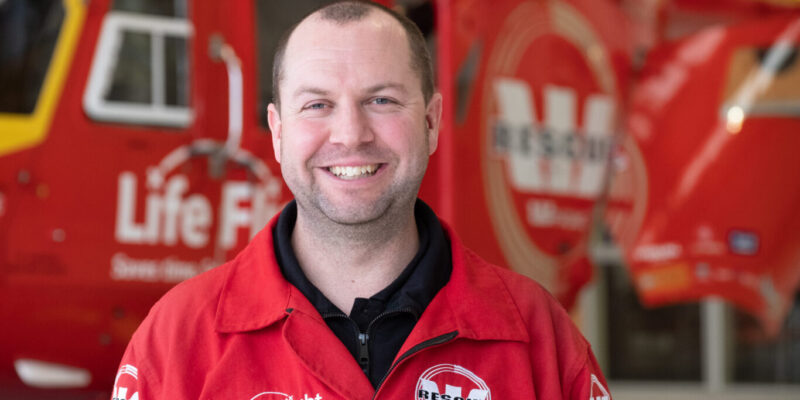
Crewperson
The crew coordinates the emergency air services and ensures a safe and secure working environment. Their search and rescue skills enable them to spot patients in raging seas, orientate pilots while flying close to cliff edges, and operate the winch to access patients in hard-to-reach places.
Missions
Mission breakdown 2023
Why we fly
Westpac Helicopter Specifications
Equipment onboard
Rescue Equipment
Constant vibrations, turbulence, mud, water, sand make for a harsh environment for the equipment on board.
Fortunately, support from the community (and rigorous cleaning by the crew) help keep it in top nick.
-
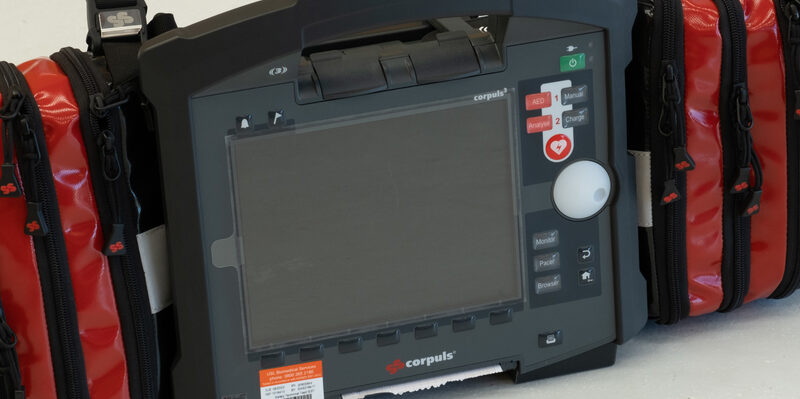
Defibrillator
The corpuls3Touch/defibrillator provides real-time patient data, enabling fast diagnosis. It can also shock the patient to restore a regular heartbeat if needed. -
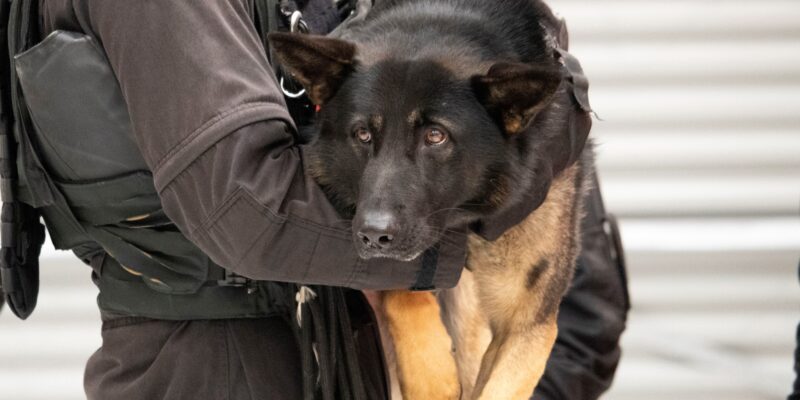
Dog harness
A speciality harness for man's best friend, this piece of equipment safely allows us to winch Police Dogs for missions and rescuing patients' canine companions. -
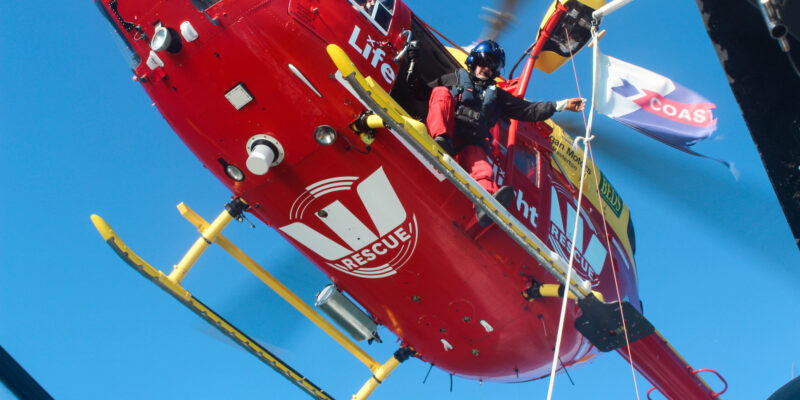
Fall arrest suit
Also known as a harness, this is to keep the crewperson and Wellington Free Ambulance Flight Paramedic attached to the cabin when the doors are open. -
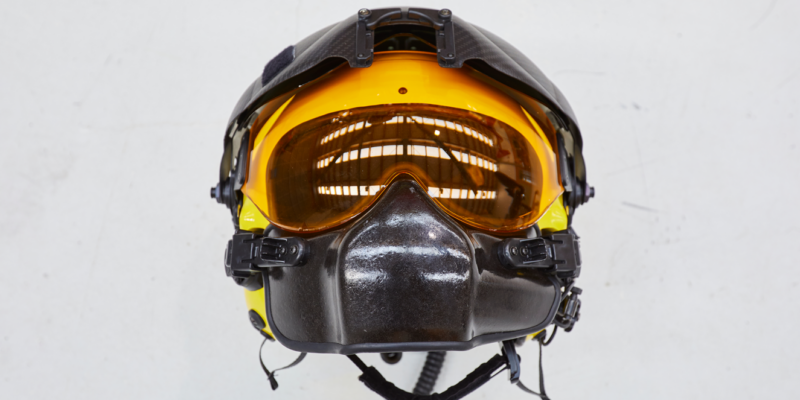
Helmet
Helmets provide crucial protection to our crews, as well as the ability to communicate easily when winching, searching and navigating on a mission. -
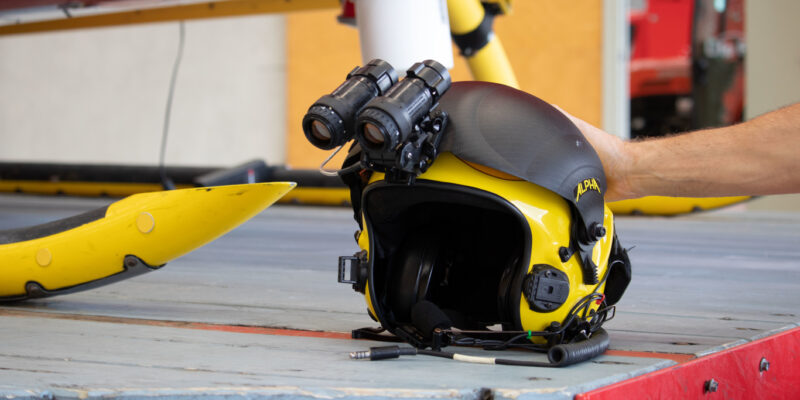
Night Vision Goggles
Essential for safe flying at night, the military-grade night vision goggles can amplify a light source to be more than 7,000 times brighter than the naked eye. -
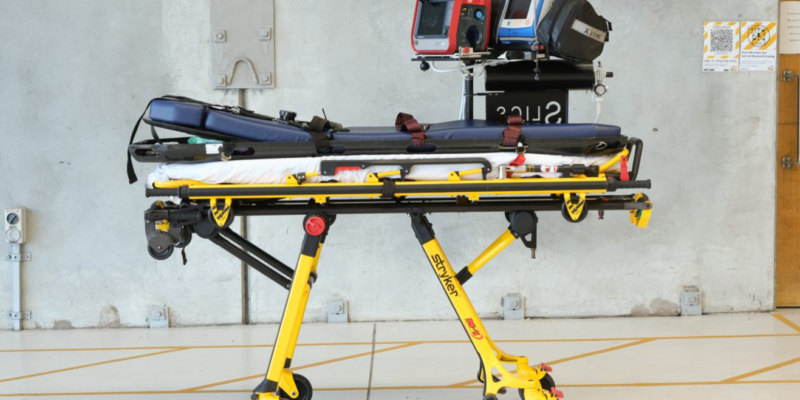
Stryker stretcher
This stretcher smoothly and safely transports patients in and out of the aircraft, with foldable legs and the ability to attach all necessary monitoring devices. -
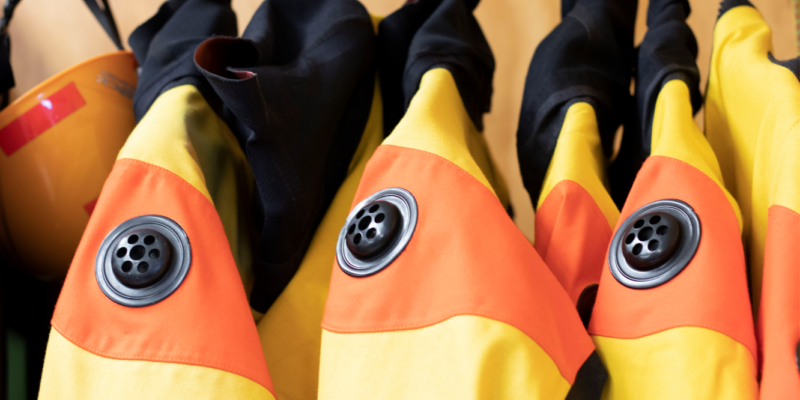
Survival Suit
Vital for sea rescues, the immersion survival suit prevents hypothermia in cold water – keeping the crew dry and warm for two hours. -
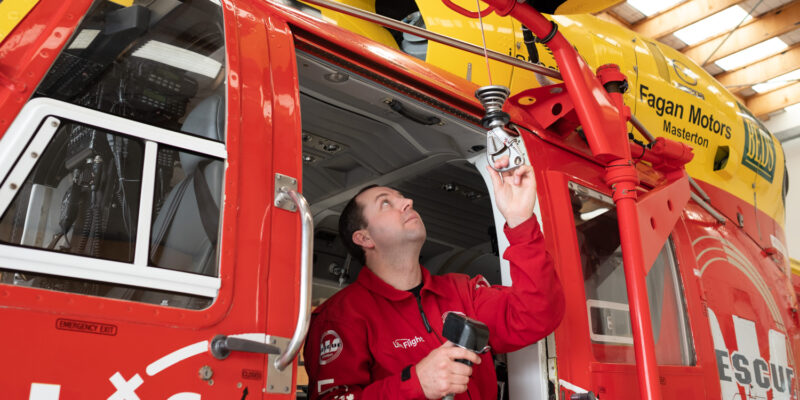
Winch
The winch is a lifeline for those lost at sea or in dense bush. When the helicopter can’t land, the flight paramedic is sent down the line to retrieve the patient. -
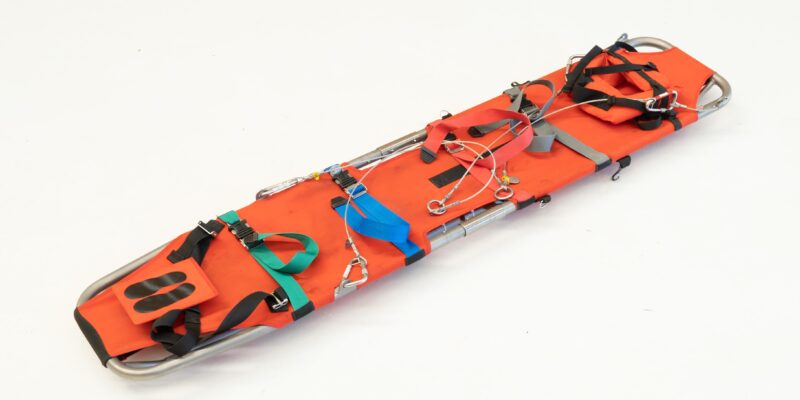
Winch stretcher
The lightweight winch stretcher enables someone with a broken back or leg to be winched safely into the hovering helicopter above.
Westpac CE - Quote
You might also like
-
Read more about Meet Pip from Feilding

Meet Pip from Feilding
Thanks to your support, Pip was able to recover from a brain aneurysm, a condition that has a 60% survival rate. -
Read more about Donate now
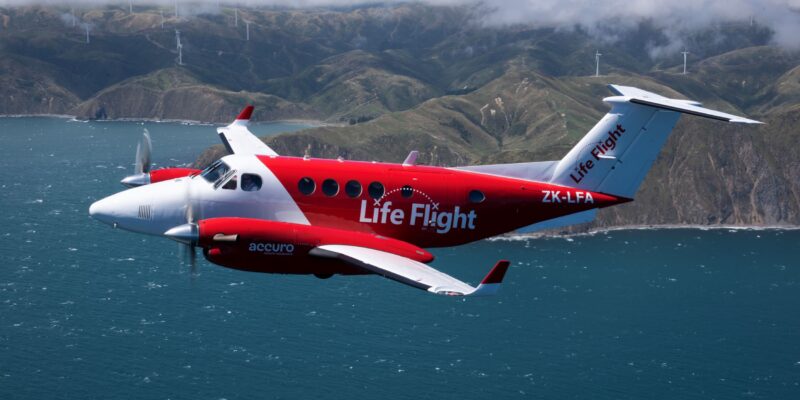
Donate now
Life Flight is a not-for-profit that relies on the generosity of the community to keep flying. Your donation will truly help save lives. -
Read more about Equipment spotlight: Night Vision Goggles

Equipment spotlight: Night Vision Goggles
Essential for nearly a quarter of our missions, night vision goggles magnify ambient light thousands of times, allowing the Westpac Rescue Helicopter to land on unlit roads, in paddocks, and conduct search and rescue missions in the middle of the night.
